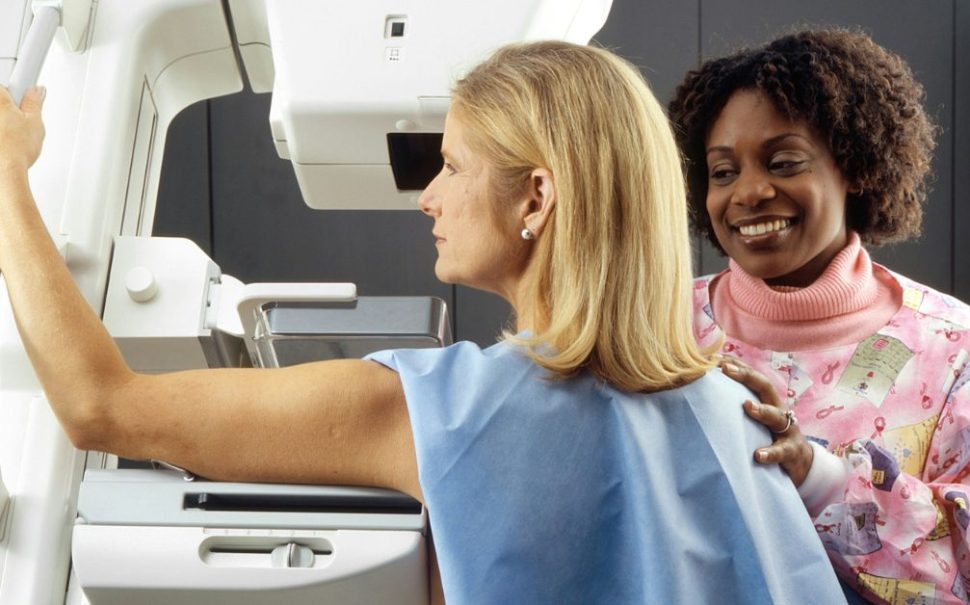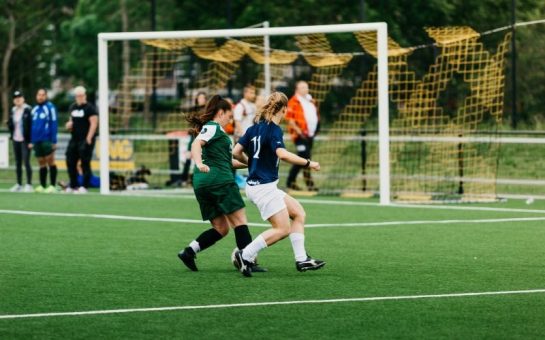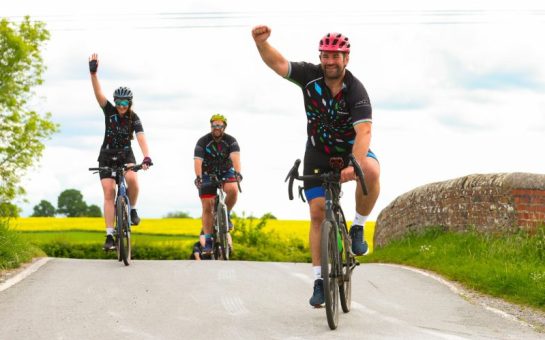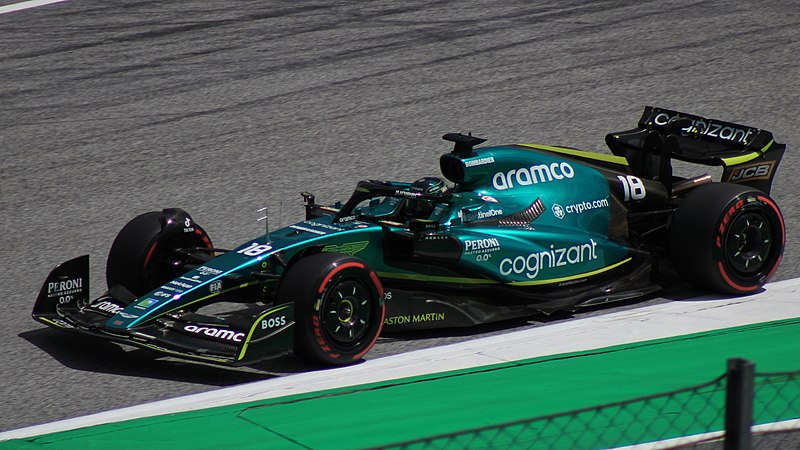Nearly half of women experience breast injuries in sport but just one in eight reported their injury, data from Journal of Women’s Sports Medicine and National Library of Medicine shows.
Some women who suffer from breast injuries have even experienced cancer scares later in life before learning the lump in their breast is fat necrosis, a benign condition that can form when fat tissue becomes damaged.
The data looked at sportswomen in football, volleyball, basketball, softball and rugby league and described an injury as anything from being winded to a bruise that lasts for several weeks.
Three-fifths of women who play softball said they experienced a breast injury while playing, closely followed by basketball and rugby league, which saw nearly half suffering from a breast injury while playing.
Suzie Betts found a lump in her breast at 48 and underwent surgery to test whether the lump was what most women would instantly fear, breast cancer.
She said: “When I felt the lump in my breast, I was surprised but not overly worried.
“With no history of breast cancer in my family, I knew there could be other explanations, so I took a practical approach and got it checked out.
“I was relieved when I knew it wasn’t cancer, of course, but mostly curious.
“I hadn’t heard of fat necrosis before, and it was interesting to learn that a breast injury from years ago could lead to something like this.
“It made me realize how little is discussed about breast injuries and their long-term effects.
“I wish I had known that breast trauma can cause changes in the tissue that might show up years later.
“If more people were aware of this, it could prevent a lot of unnecessary concern.”
Reflecting on her startling experience is what led Betts to found Boob Protect, a company that has developed inserts to protect women’s breasts while playing sport and for those in physically demanding careers.
Betts added: “We talk about protecting other parts of the body in sport, but breast protection is rarely considered.
“If I hadn’t gone through this, I wouldn’t have known that repeated impact can lead to long-term damage.
“It reinforced the need to treat breast protection in sport just like we do with mouthguards or shin guards—something normal and expected to keep athletes safe.”
Breast injuries do not just have a long-term impact, they can affect women and girls’ participation in sport at all levels.
While just one in eight women report their breast injury, almost a third of women said the injury affects them playing sport.
For those playing rugby league, it is clear the impact of breast injuries affects them most, with four-fifths of women saying it affected their sporting performance.
Due to the high contact nature of rugby this may not come as a surprise, however even sports deemed non-contact such as volleyball and softball see participants’ performance being negatively impacted.
Data from the study in the Journal of Women’s Sports Medicine also showed those playing rugby league and soccer saw their ability to run comfortably most affected, with one in five respondents reporting this as an issue.
So, while there has been a big push for women and girls to participate in sport, that same attention appears to not yet have been applied to women’s breast health in sport.
Currently, medical research that has been done on men is often applied to women, meaning that women are being treated as “small men” as Betts described, not accounting for biological differences.
Laura Chimimba, a physiotherapist that has worked in multiple sports including rugby, netball and tennis, believes the culture around breasts is partly to blame, as they are viewed as a sexual object rather than just women’s biology.
She said: “A big barrier to people talking about breast injuries is the culture.
“People have that stiff upper lip idea of don’t complain it’s just a bruise, but we’re also less open to talk about anything that is maybe sex related.
“And these seemingly innocuous injuries that may be taken for granted because the nature of your sport actually have a long-term impact.”
Chimimba also explained how when she has athletes come to her with injuries, a breast injury is rarely their initial reason for seeking help.
However, as she talks through their concerns with them, it is often a secondary thing that does come up, which reinforces the data.
Lucy Horsell is the co-founder of PEBE, a sports bra company trusted by The FA and England Netball amongst others.
She described how when she goes into schools and sports clubs to deliver educational workshops on breasts, there seems to be a lack of understanding on what breast injuries are, let alone the impact they can have.
Horsell said: “I always talk about breast injuries because nobody’s talking about them and truthfully, I really can see us living in a world where what’s going to start happening is people saying, ‘women shouldn’t play certain sports because of breast injuries’.
“It’s really interesting because when we ask ‘who has ever been hit in the boob’ every single hand will go up, I promise you.
“But if I say who here has ever experienced a breast injury, no hands go up.
“And that’s the point, it’s just a definition piece that’s totally missing.
“There is this assumption that getting hit in the boob is just a thing that happens.”
She detailed that her message to women and girls is that while you don’t have to wear breast protection, you do need to know that if you don’t then one day you could be standing in front of a doctor with a lump in your breast.
Horsell added: “Unless you sit in front of that doctor and say, ‘by the way, I played rugby for Saracens for four years and before that I played netball, hockey etcetera, so I have experienced a lot of breast impact’ – they’re not going to look at scans differently in order to distinguish between cancer and damaged tissue.”





